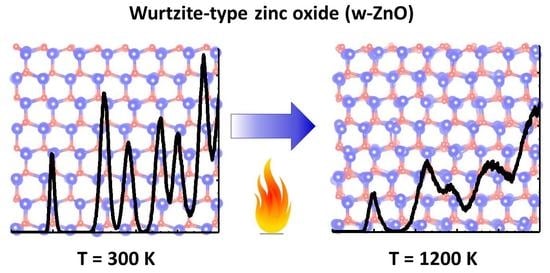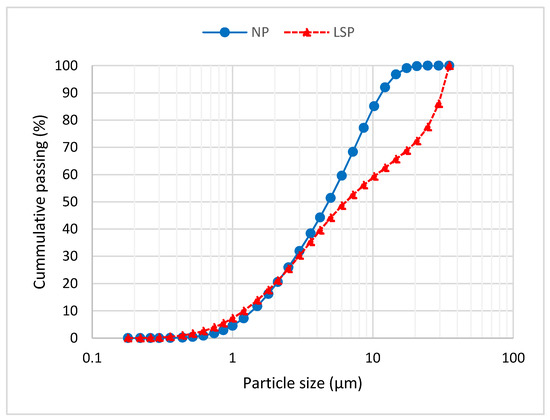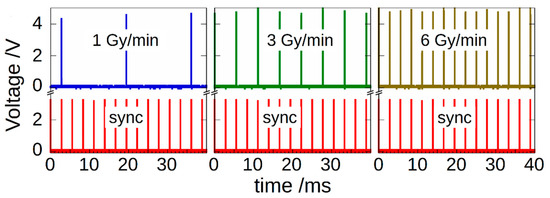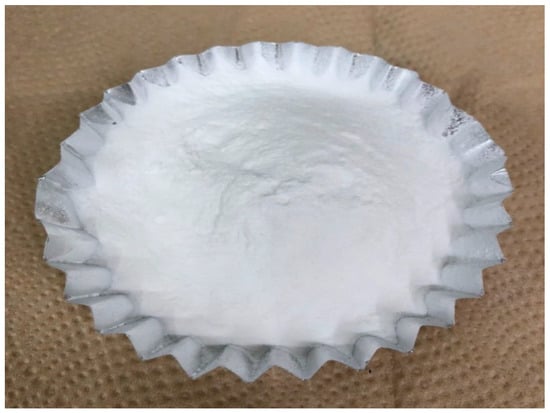Materials 2021, 14(18), 5209; https://doi.org/10.3390/ma14185209 - 10 Sep 2021
Cited by 3 | Viewed by 2934
Abstract
►
Show Figures
This work is devoted to the study of the chemical and phase composition of a carbon fiber coating obtained by the electrochemical sol-gel method. The experimental data obtained using several independent complementary methods, including X-ray phase analysis, thermogravimetric and differential thermal analysis, scanning
[...] Read more.
This work is devoted to the study of the chemical and phase composition of a carbon fiber coating obtained by the electrochemical sol-gel method. The experimental data obtained using several independent complementary methods, including X-ray phase analysis, thermogravimetric and differential thermal analysis, scanning electron microscopy and elemental analysis, and X-ray photoelectron spectroscopy, are in good agreement with each other. It was found that the resulting coating consists of amorphous silicon oxide and crystalline potassium carbonate. Heating above 870 °C leads to the crystallization of cristobalite from amorphous silicon dioxide. At a temperature of about 870 °C, the coating acquires a smooth surface, and heating above 1170 °C leads to its destruction. Thus, the optimum temperature for the heat treatment of the coating is about 870 °C. The loss of strength of carbon fiber at each stage of coating was estimated. A full coating cycle, including thermal cleaning from the sizing, coating, and heat treatment, results in a loss of fiber strength by only 11% compared to the initial state.
Full article














